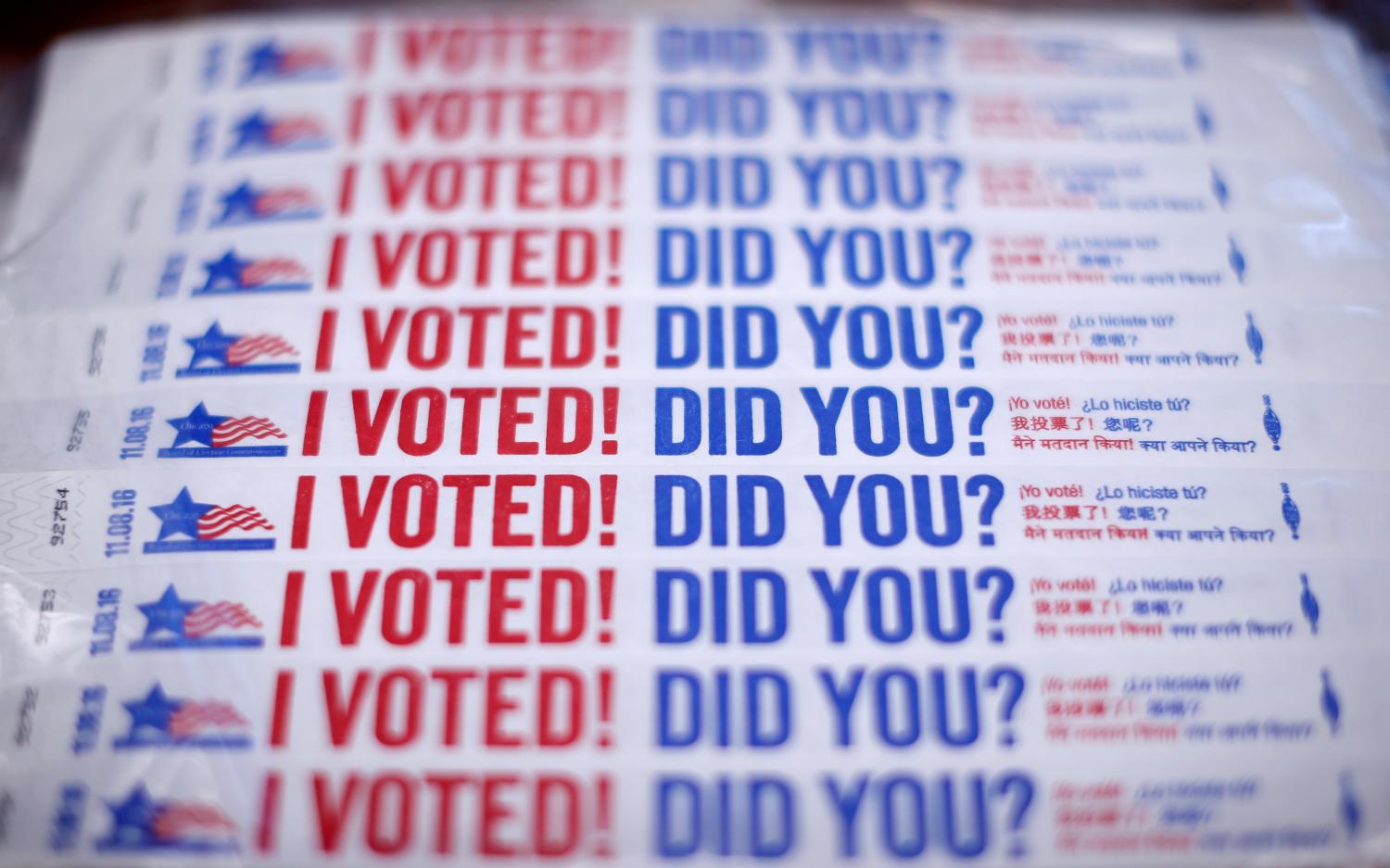Voting rights are the bedrock of democracy, but in many parts of the country, those rights are being eroded. In the aftermath of the 2020 election, while 25 states have enacted laws to improve access to the ballot, 18 states have enacted 30 laws making it harder to vote.
American citizens’ most basic rights should not be dependent on their zip code. Current patterns endanger the basic functioning of our elections and undermine the hard-won victories of the civil rights movement.
Policies encouraging citizens to register to vote when they file their income tax returns could play a crucial part in the protection and expansion of ballot access nationally. Properly implemented, voter registration at tax time has the capacity to augment existing ballot access policies and counteract or even reverse voter suppression policies as they apply to registration.
Tax-time voter registration is almost unique in the potential reach it affords; more than 150 million households file their income taxes every year and 99.5% of the U.S. population appears on at least one federal tax document (such as a W-2 or 1099) every year. About 90 percent of the population appears on a federal income tax return (such as Form 1040). These statistics compare favorably with the percentage of the U.S. public that is licensed to drive, which has been in decline, especially among younger people. Tax-time voter registration also benefits from being an annual process, more frequent than most Americans’ interactions with their departments of motor vehicles. Allowing citizens to register to vote or update their registration when they file their taxes has substantially improved the breadth and accuracy of the Canadian voter rolls; in November 2020, Elections Canada estimated that 96 percent of all eligible voters appeared on the country’s National Register of Electors.
In this report, “Voter registration at tax time: Evidence of efficacy, approaches to implementation,” we present the results of two rounds of field experiments—conducted during the 2018 and 2020 election cycles—that tested the efficacy of a program offering voter registration to lower-income people filing their income taxes through nonprofit Volunteer Income Tax Assistance (VITA) sites. We found that voter registration at tax filing is highly effective and does not slow tax preparation. In 2018, in a randomized controlled trial at seven VITA sites, we found that offering voter registration doubled the likelihood of an unregistered person registering to vote. In 2020, we made voter registration available to VITA clients at 23 sites; among program participants, the unregistered population was cut nearly in half.
This report then reviews possible routes to broad implementation of tax-time voter registration through voluntary channels, at the state level, and via federal action. We assess how nonprofit organizations and philanthropy can effectively encourage the uptake of “Filer Voter” programs at VITA sites, and what the IRS can do to support such programs. We consider how states with automatic voter registration systems can incorporate tax agencies to increase their reach. We examine legislation to mandate voter registration at tax preparation sites and businesses. Finally, we suggest the addition of a voter registration form (“Schedule VR”) to state or federal income tax filing materials.





